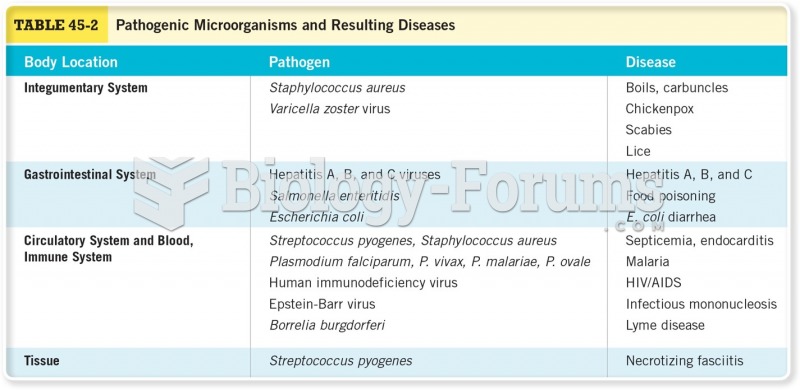Answer to Question 1
Acquired immune deficiency syndrome (AIDS) attacks the immune system, leading to susceptibility to opportunistic infection. After years of study, it was found that people were infected through body fluids, not casual contact. Human immunodeficiency virus (HIV), the virus that causes AIDS, was identified in 1984 . However, more than 25 years after the first cases were identified, and although there are effective treatments to lengthen life, there is still no cure for or vaccination against AIDS.
Severe acute respiratory syndrome (SARS) first appeared in 2002 in China. The epidemic, caused by a coronavirus, appeared at a time in human history when easy international travel could spread disease as well as information about the disease. SARS demonstrated that epidemics need to be fought within a nation as well as internationally. The epidemic was contained through public health (not medical) measures, including identifying patients and people with whom they had contact, quarantining, canceling any large public gathering, issuing travel advisories, and checking travelers at borders using thermal scanners to detect fevers. People were advised to wash their hands and maintain good personal hygiene. Expedient reporting resulted in the isolation of patients more quickly.
West Nile virus first appeared in the 1930s. It is a form of encephalitis or brain inflammation. It cycles between mosquitoes and birds. Infected birds will infect mosquitoes, and mosquitoes can spread the disease to humans. It can be diagnosed by magnetic resonance imaging. There is no treatment or vaccine.
Answer to Question 2
B







